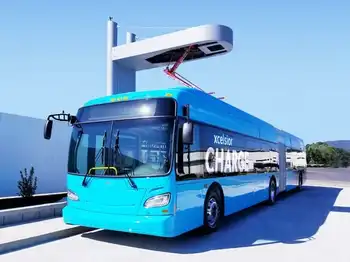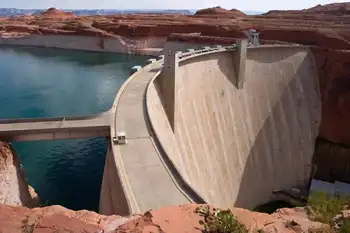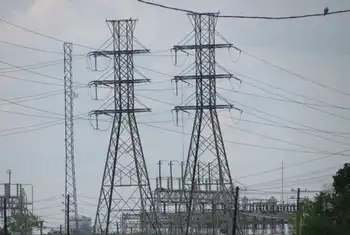First Wind expanding Stetson Wind project
“This second phase of the Stetson Wind project continues Maine’s aggressive leadership in pursuing energy independence and developing clean, renewable sources of energy,” said Governor John Baldacci. “By harnessing these sources of energy locally, we keep money in our state and we create green jobs in Maine, all while improving our environment and our national security.”
To inaugurate the expansion, First Wind hosted a groundbreaking ceremony attended by state and local officials, business and community leaders and environmental organizations at the project site in Danforth, Maine. At the event, the Senate Republican Leader Kevin Raye (R-Perry) commented on the significance of the projectÂ’s expansion.
“The Stetson II groundbreaking represents another important step forward in Maine’s continuing effort to promote home-grown clean renewable energy that lessens our dependence on fossil fuels from foreign sources,” said Senator Raye. “I am glad that Washington County is playing a role in that effort and I’m hopeful that we will play an even greater role with both land-based and ocean-based energy production going forward.”
The first phase of the Stetson Wind project commenced operations in January 2009. In March 2009, First Wind received approval from the Maine Land Use Regulation Commission (LURC) to build the 25.5 MW expansion or second phase of its Stetson Wind project. Recently, Harvard University announced that it will purchase half of the power generated by the Stetson Wind II facility as well as the associated Renewable Energy Certificates (RECs).
“We are excited to commence construction on the expansion of our already successful Stetson Wind project,” said Paul Gaynor, CEO of First Wind. “During the first phase of the project, we spent about $50 million with Maine-based businesses and created hundreds of development and construction jobs. Today’s groundbreaking also demonstrates the importance of the recent Recovery Act funding, which has allowed us to reinvest funds to accelerate this project’s construction. Our projects help spur the surrounding region’s economic activity and growth. Today’s groundbreaking and the jobs it is creating would not be happening without the Recovery Act tax credits granted to us earlier this fall.”
The expansion will consist of the construction and operation of 17 additional state-of-the-art GE 1.5 MW wind turbines, bringing the total to 55. When combined with the original Stetson project, the expansion will make the project an 82.5 MW facility. The work on the expansion will create employment opportunities during the design, engineering and construction of the facility. First Wind hires in-state businesses to conduct much of the needed work.
“We are extremely pleased to be starting the construction of this important project. This is another extension of our partnership with First Wind,” said Jack Parker, president of Reed & Reed. “Reed & Reed has worked with the local subcontractors and the local service providers, and we have enjoyed our relationship with the local community. We expect this project to move ahead just as the first phase of Stetson did, and to provide a safely constructed, quality, on-time, on-budget wind power project.”
In addition, Chris Gardner, Chairman of the Washington County Commissioners offered praise for the Stetson Wind expansion.
“Throughout the development of both the Stetson I and Stetson II projects First Wind has illustrated time and time again that a promise made is a promise kept,” said Commissioner Gardner. “From the beginning First Wind stood firm in their partnership with the people of Washington County to not only bring a new industry, but more importantly a new opportunity to this entire region. In so much that the Stetson I project was emblematic of First Wind’s promise delivered, the Stetson II project is emblematic of how that promise and commitment to the people of Washington County continues on for the future.”
Related News

Why electric buses haven't taken over the world—yet
LONDON - In lots of ways, the electric bus feels like a technology whose time has come. Transportation is responsible for about a quarter of global emissions, and those emissions are growing faster than in any other sector. While buses are just a small slice of the worldwide vehicle fleet, they have an outsize effect on the environment. That’s partly because they’re so dirty—one Bogotá bus fleet made up just 5 percent of the city’s total vehicles, but a quarter of its CO2, 40 percent of nitrogen oxide, and more than half of all its particulate matter vehicle emissions. And…




